

2708-9517
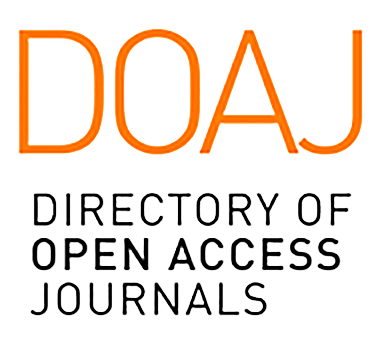
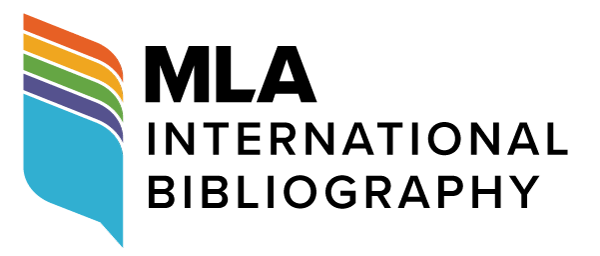
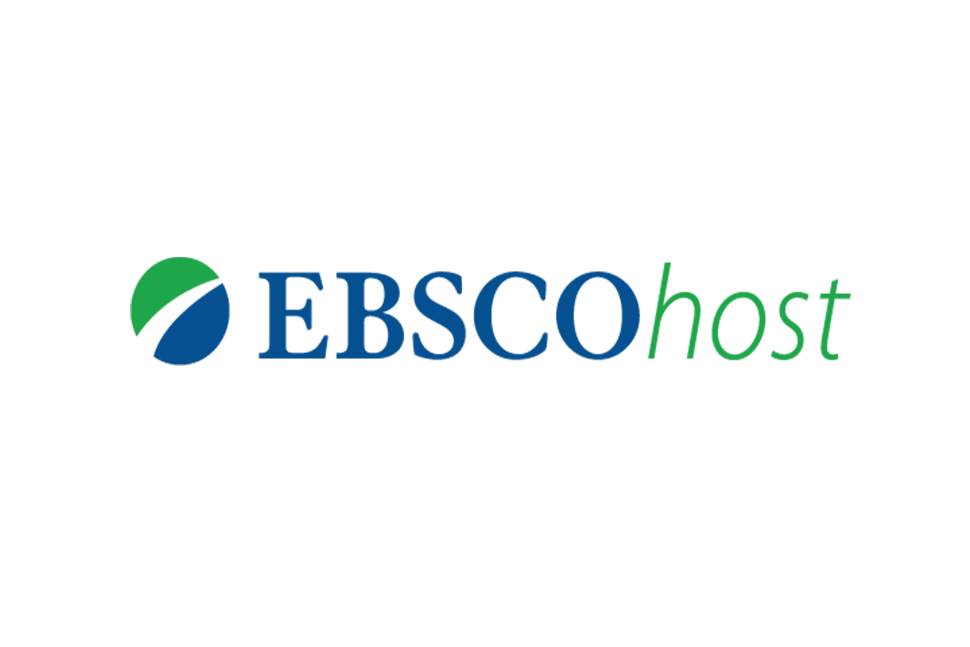
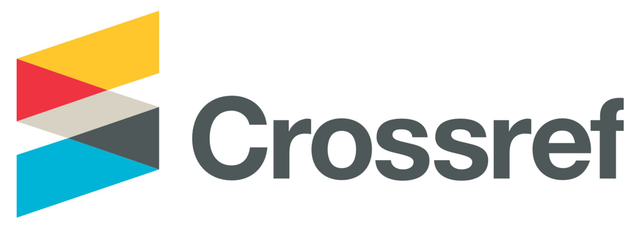
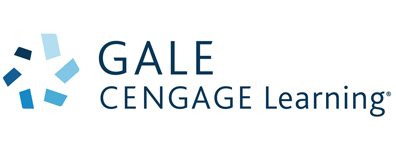



MLA Directory of Periodicals
REAO: East Asian Studies Journals
EBSCO Education
ProQuest
Google Scholar
Semantic Scholar
ROAD
BASE
Helka Helsinki Library
Baidu Scholar
Ex Libris
Jouroscope
US Department of Commerce Research Library

Xinliang Jiang
Jing Li
Chiu-Hung Chen
University of Toronto Mississauga, Canada
Abstract
ChatGPT, an Artificial Intelligence (AI) chatbot, emulates human-like conversations and is built upon OpenAI's GPT language model introduced in 2018. In the context of language classroom activities, our observations indicate that language learners employ a spectrum of strategies during interactions with ChatGPT, reflecting Bloom's taxonomy. These strategies encompass lower-order thinking (e.g., remembering, understanding, applying) and higher-order thinking (e.g., analyzing, evaluating, creating). Utilizing Bloom's revised taxonomy (cited in Anderson & Krathwohl, 2001) as a framework for defining critical thinking (CT) skills, this paper seeks to investigate the impact of ChatGPT-powered activities on CT skill application within three Chinese language classrooms: introductory and intermediate courses for second language (L2) learners and an academic writing course for native Chinese speakers. It also investigates whether the nature of tasks contributes to learners' application of CT. The following two research questions frame the current study: 1) Which CT skills are utilized in ChatGPT-empowered learning activities for both L2 learners of Chinese and native speakers of Chinese? 2) How do task types in ChatGPT-empowered learning activities relate to the application of CT skills among L2 learners of Chinese and native speakers of Chinese? This research adheres to an action research framework, marked by a cyclic process involving planning, execution, observation, and reflection (Kemmis and McTaggart, 2005, as cited in Burns, 2011). Qualitative data have been gathered to assess the application of CT skills among Chinese learners. The findings revealed that six levels CT skills including remembering, understanding, applying, analyzing, evaluating and creating, were consistently applied across all three language courses, irrespective of their levels of language proficiency. Second, task types in ChatGPT-empowered learning activities and the application of students' CT abilities are intricately linked. The types of tasks play a crucial role in shaping the utilization and cultivation of different levels of CT skills. Consequently, these factors significantly impact the attainment of learning objectives.
Keywords
Critical thinking (CT), ChatGPT, Chinese as a foreign language, computer-assisted language learning
通过 ChatGPT 支持的中文课堂活动提高批判性思维技能的研究
蒋新亮
李晶
陈秋宏
多伦多大学密西沙加分校,加拿大
摘要
ChatGPT 是一款人工智能 (AI) 聊天机器人,它使用基于 2018 年 OpenAI 推出的 GPT 架构的语言模型,并可模拟人类对话。在语言课堂活动中,研究者发现语言学习者在与 ChatGPT 互动时采用了多种策略。这些策略涵盖了布鲁姆认知目标分类的不同层次,既包括较低层次的思维(如记忆、理解、应用),也包括较高层次的思维(如分析、评价、创造)。本文采用布鲁姆修订后的认知目标分类(见于 Anderson 和 Krathwohl, 2001 年)作为批判性思维( CT)类型的框架,旨在调查在三门汉语课程中, ChatGPT 支持的学习活动对学生批判性思维的应用的影响。这三门课程包括面向第二语言( L2)学习者的入门级汉语课程和中级汉语课程,以及面向中文母语者的学术写作汉语课程。本文同时还研究了任务性质对学习者批判性思维运用的相关影响。研究包括以下两个主要问题 : 1)在 ChatGPT 支持的学习活动中,中文二语学习者和中文母语者使用了哪些批判性思维技能? 2)在 ChatGPT 支持的学习活动中,任务类型与中文二语学习者和中文母语者的批判性思维技能的运用具有怎样的联系?这项研究采用了行动研究框架,其特点是一个涉及规划、执行、观察和反思的循环过程( Kemmis 和 McTaggart, 2005 年,引自Burns, 2011 年)。本研究通过对定性数据的分析,评估了中文学习者批判性思维技能的运用情况。研究结果显示,在三门语言课程中,学习者对记忆、理解、应用、分析、评估和创造这六种类型的批判性思维都有一定的应用,且运用情况不受语言熟练程度水平的影响。其次,在ChatGPT 支持的学习活动中,任务类型与学生批判性思维的运用情况密切相关,任务类型对不同层次批判性思维技能的培养和运用起到了关键作用。总之, ChatGPT 支持的学习活动及不同的任务类型对学习者学习目标的实现有着显著的影响。
关键词
批判性思维( CT), ChatGPT,对外汉语,计算机辅助语言学